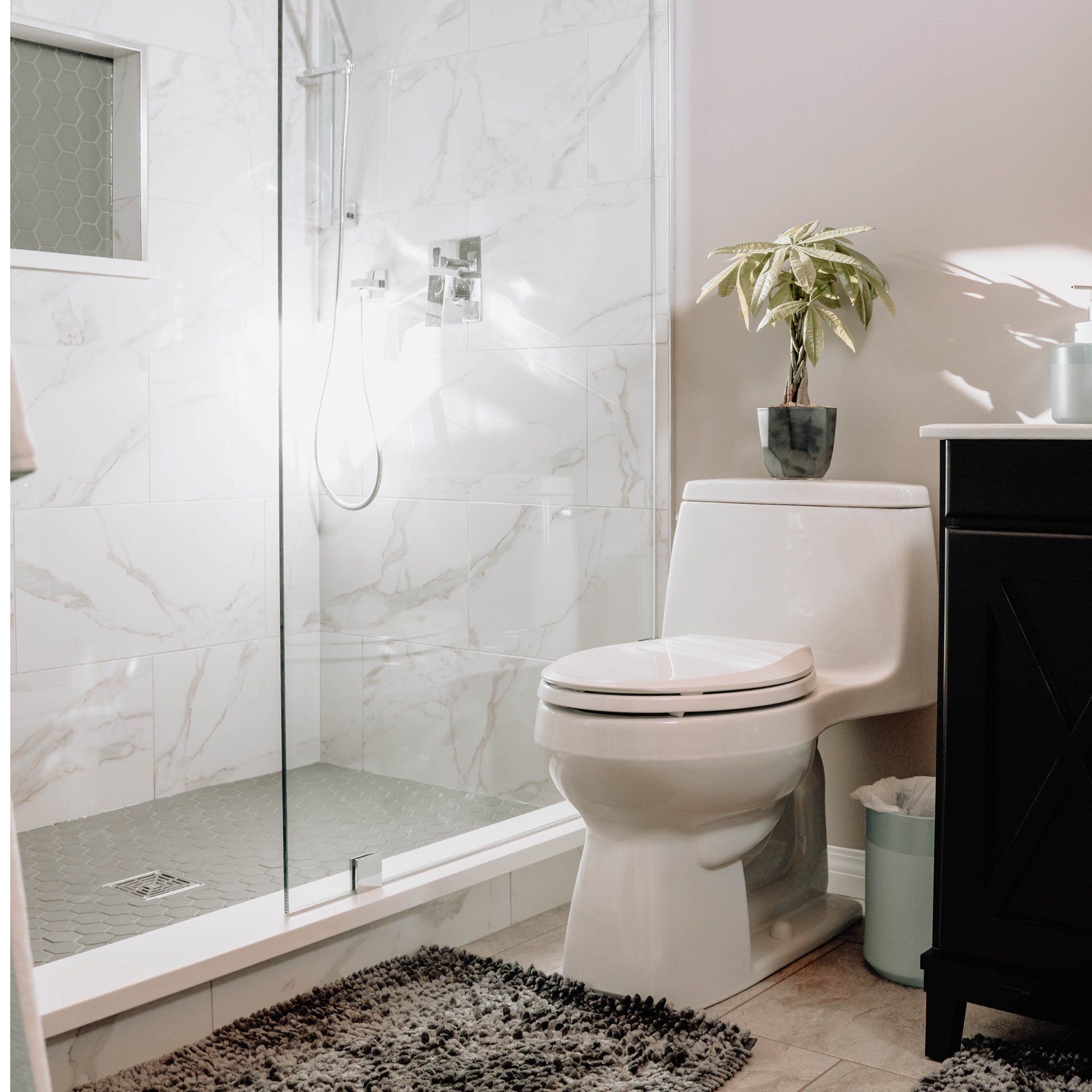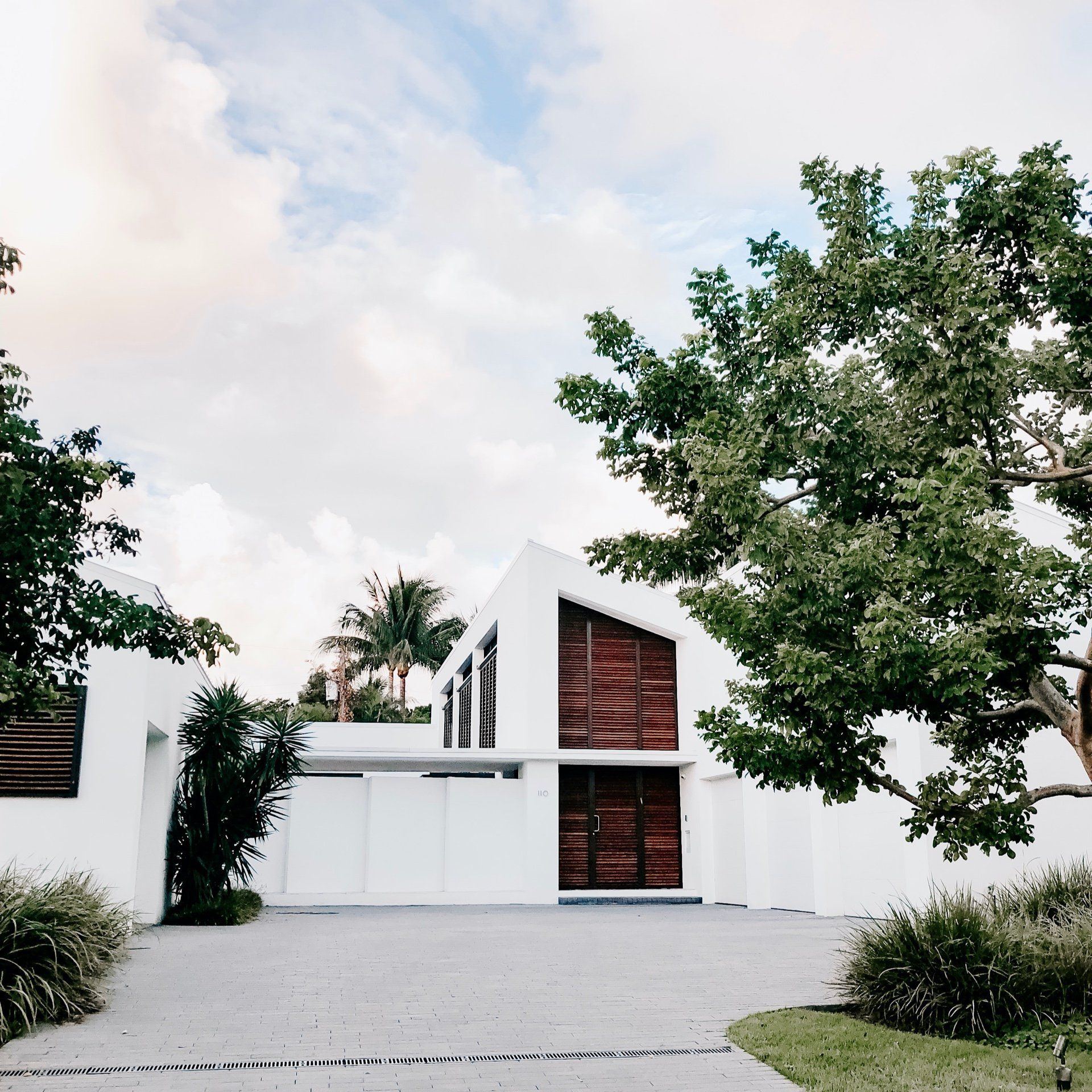DIY DECK REPAIR: HOW TO FIX COMMON DECK ISSUES AND MAINTAIN YOUR OUTDOOR SPACE
Maintaining your outdoor deck is crucial for both safety and aesthetics. Whether you're a seasoned DIY enthusiast or a beginner, this guide will help you address common deck issues effectively. Follow these step-by-step instructions to identify, repair, and prevent common deck problems.
Step 1: Identifying Common Deck Issues
Visual Inspection
Regularly inspect your deck for loose or damaged boards, discoloration, and signs of rot or mold. Use a screwdriver to check for soft wood, indicating rot. Ensure the structural integrity of your deck by examining the joists and beams for cracks, splits, or signs of sagging.
Step 2: Gather Tools and Materials Needed for Deck Repairs
Essential Tools
Gather essential tools such as a hammer, screwdriver, power drill, saw, and safety gear like gloves and safety glasses. These tools will help you perform most DIY deck repairs efficiently.
Materials Needed
Stock up on materials like replacement boards, screws, nails, and sealant. Ensure that all materials are decay-resistant and suitable for outdoor use. This is particularly important in Florida’s humid and salty air.
Step 3: Repairing Loose or Damaged Deck Boards
Remove Damaged Boards
Use a power drill or screwdriver to remove screws or nails from damaged boards. Carefully lift and discard the old boards.
Measure and Cut Replacement Boards
Measure the space for the new boards accurately and cut them to size.
Secure New Boards
Place the new boards in position and secure them with corrosion-resistant screws or nails, ensuring proper spacing between boards for drainage. Choose pressure-treated wood for durability and ensure uniform spacing between boards to prevent moisture buildup and wood warping.
Step 4: Fixing Rot and Mold Issues
Identify the Extent of Damage
Identify the extent of rot and mold by probing with a screwdriver. If the wood is soft, it indicates significant rot. Determine whether the affected area needs repair or full replacement. Minor rot can be treated, but extensive damage requires replacing the entire section.
Repair Minor Rot
Clean the area thoroughly and treat it with a wood preservative. Allow it to dry completely before applying wood filler or epoxy. Sand the repaired area to ensure a smooth finish and prevent further moisture penetration.
Replace Severely Rotted Boards
Remove the affected boards and replace them with new, treated wood. Ensure that the new boards are securely fastened and properly sealed to prevent future rot.
Step 5: Repairing and Reinforcing Railings and Stairs
Fix Loose Railings
Tighten any loose screws or bolts on railings. If necessary, replace damaged balusters or handrails. Ensure that railings are securely anchored to the deck structure to prevent accidents.
Reinforce Wobbly Stairs
Inspect stair stringers and risers for stability. Add additional support or bracing if necessary. Use corrosion-resistant fasteners to secure stair components and enhance their durability.
Step 6: Preventative Maintenance Tips
Regular Cleaning
Regularly clean your deck to prevent dirt and debris buildup. Use a mild detergent and a stiff brush for effective cleaning. Avoid using power washers too frequently as they can damage the wood.
Sealing and Staining
Apply a high-quality sealant or stain to protect your deck from moisture and UV damage. This should be done annually or as needed based on exposure to the elements. Ensure the deck is completely dry before applying any sealant or stain to maximize absorption and protection.
Routine Inspections
Schedule regular inspections to catch issues early. Keep a maintenance log to track repairs and treatments. Address any minor issues promptly to prevent them from becoming major problems.
Conclusion
Regular deck maintenance and prompt repairs enhance safety, durability, and appearance. By following these steps, you can ensure your deck remains a safe and beautiful outdoor space. For further reading and in-depth information, refer to resources like the Florida Building Code , This Old House , and Lumber Plus .
FAQs
Q1: How often should I inspect my deck for maintenance?
Inspect your deck at least once a year, ideally in spring, to address any winter damage and catch minor issues early.
Q2: What are the signs of wood rot on a deck?
Signs of wood rot include discoloration, softness, a spongy texture, and crumbling wood. Probe with a screwdriver; if it penetrates easily, the wood is likely rotting.
Q3: Can I use a power washer to clean my deck?
Use a power washer with caution; excessive pressure can damage the wood. Opt for a lower pressure setting and keep the nozzle moving.
Q4: How can I prevent mold and mildew on my deck?
Regular cleaning and applying a water-repellent sealant help prevent mold and mildew. Ensure proper drainage and ventilation to minimize moisture.
Q5: What type of wood is best for deck repairs in Florida?
Pressure-treated wood and naturally decay-resistant woods like cedar and redwood are ideal for Florida’s humid climate due to their durability against rot and insects.
Frequently Asked Questions (FAQs)
1. What are the benefits of dining outdoors?
Dining outdoors allows you to enjoy fresh air and natural scenery, making meals more relaxing and enjoyable.
2. How does a pergola enhance outdoor living?
A pergola offers shade and structure to your outdoor space, making it more comfortable and versatile for various activities.
3. What should I consider before installing a fire pit?
Consider the size of your outdoor space, local regulations, and whether you prefer a wood-burning or gas fire pit.
4. Why are outdoor fireplaces popular?
Outdoor fireplaces create a cozy ambiance, can be used year-round, and increase the value of your home.
5. How do I choose outdoor lighting?
Consider the purpose of the lighting (safety, ambiance, or both), the style of your outdoor space, and energy efficiency.
6. What makes built-in benches and seating a good choice?
They offer permanent, sturdy seating options that can save space and enhance the aesthetic of your outdoor area.
7. Can outdoor kitchens add value to my home?
Yes, outdoor kitchens can significantly increase home value by extending living and entertaining spaces.
8. What are the key elements of a pergola?
The key elements include vertical posts, cross-beams for shade, and often, lattice work for climbing plants.
9. How do I maintain my fire pit?
Regular cleaning, covering when not in use, and checking for wear and tear are essential maintenance tasks.
10. What lighting is best for creating ambiance outdoors?
Soft, warm lights such as LED string lights or solar-powered lanterns are great for creating a cozy outdoor atmosphere.
All Rights Reserved | Duval Deck Experts






